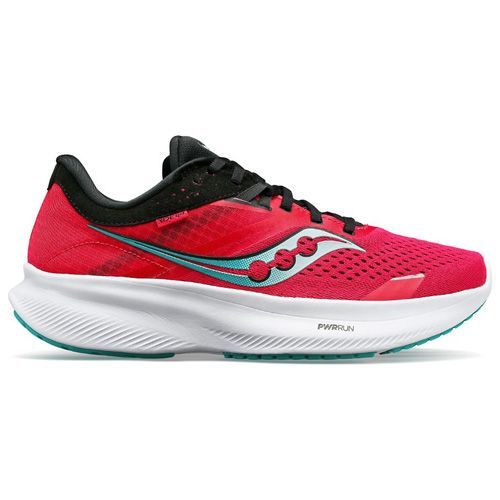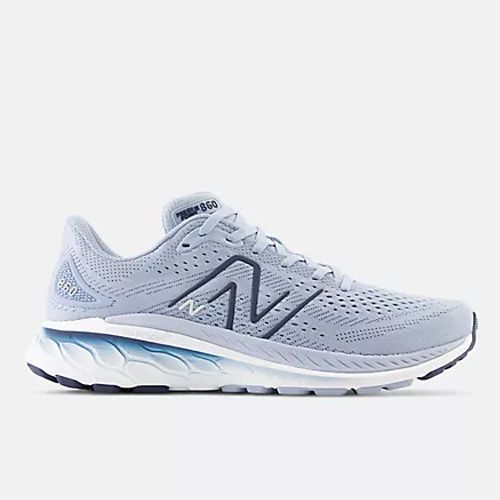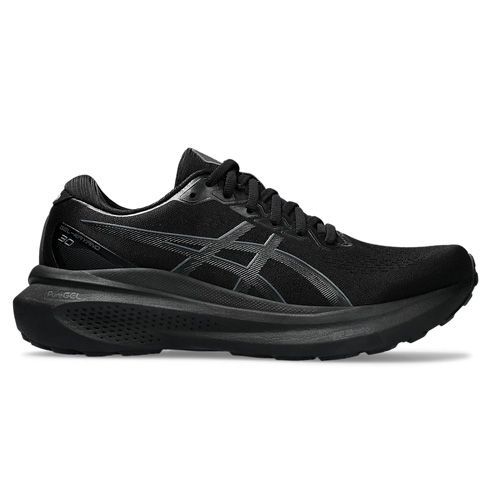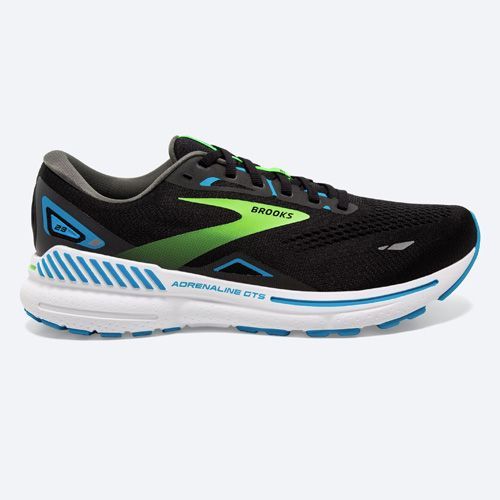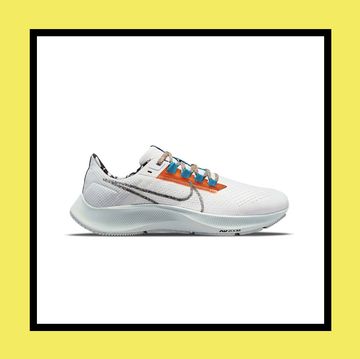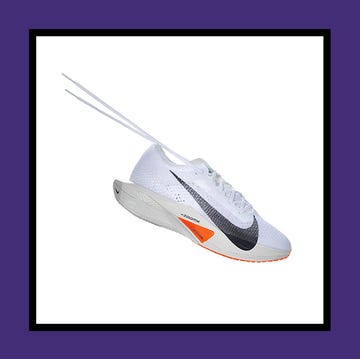We earn a commission for products purchased through some links in this article.
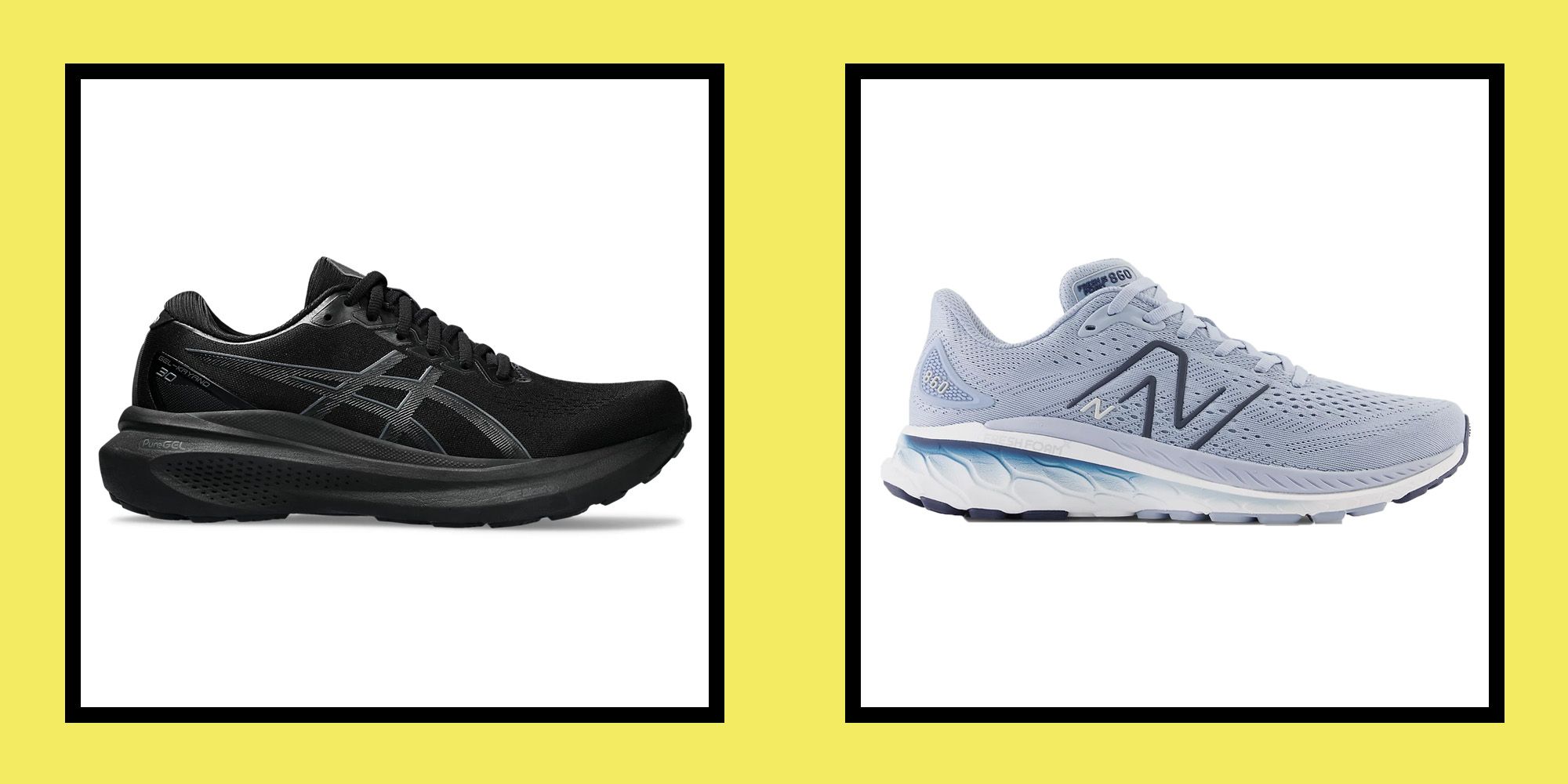
9 of the best running shoes for flat feet, plus advice from top podiatrists
Turns out, you don't always need a stability shoe
Finding the right pair of running shoes is important, no matter your foot type. But if you’re a flat-footed runner, choosing the wrong pair could contribute to various problems, including excess wear and tear on one side, pain in the ankle, calf, knee, hip or lower back, shin splints or plantar fasciitis.
What are the best running shoes for flat feet?
As you’ll find below, the best running shoe for flat feet will be personal to you. It’s a good idea to get a foot analysis to see exactly what your foot requires. That being said, the following running shoes are all good options – keep scrolling to read more.
What are flat feet?
First things first, the definition of a flat foot is debatable, says Matthew Hart, owner of MH Sports Podiatry. Common presentations include low arches and valgus (everted heel position). 'However, we see these presentations in individuals without pain or [symptoms], so a flat foot does not necessarily cause pain and can function perfectly well,' he says.
Indeed, according to podiatrist Dina Gohil, brand ambassador for CCS Foot Care, flat feet are 'quite common and generally most people are unaware of them and continue as normal with no issues'.
In some cases, flat feet might run in the family, meaning you’re genetically predisposed to them and are born with flat feet. In other cases, flat feet can be a result of injury or muscle weakness, known as ‘collapsed arches’.
‘If your flat feet are causing you pain or you are concerned about them, always seek expert advice from a GP or podiatrist, who can advise on the best course of treatment,’ says Gohil.
When there is pain or issues arise, a podiatrist needs to determine whether the flat foot is a flexible flat foot, a rigid flat foot, or has developed over time and become an adult acquired flat foot deformity, adds Hart.
'It is important when this happens to see a podiatrist as there are many contributing factors and associated risk factors for flat feet.'
Why is it important to choose the right running shoes if you have flat feet?
The feet are highly complex structures, with 26 bones, 10 major extrinsic tendons and their muscles, and over 30 joints, says Hart. 'These structures work together with the nervous system, fat pads and skin to provide a mobile, sensitive and adaptive foundation during weight bearing activities to provide balance, stability and movement.'
When it comes to running, it’s important to choose a shoe that can withstand impact on the sole of the foot as well as support the ankle, says Gohil.
Despite what some advice may tell you, there's no one type of shoe for flat feet. ‘Ideally, you should have your feet assessed to check what your foot requires, as everyone is different,' says Gohil.
Wearing a shoe that is too big or too small can cause damage to your feet and put more strain on your soft tissue, tendons, ligaments, and other structures in your body, resulting in back pain and bad posture.’ It could also cause things like blisters, calluses, corns, and joint pain.
What are the most important features of a running shoe for flat feet?
Again, there’s no set formula for choosing a shoe for flat feet. However, there can be a few helpful features to look out for, say both Gohil and Hart.
The first is adequate midfoot support for your arches. However, this doesn’t necessarily have to come from a classic stability shoe with a medial post or similar technology. In fact, Gohil says it totally depends on your running needs and foot type, advising a neutral trainer first and foremost, with insoles being used as a supplement to your body’s needs.
However, Gohil adds that shoes with features like stability or motion control can help keep the feet in check and provide the support and stability that flat feet crave.
'Depending on the runner's weight and the degree of mobility within their foot, I tend to use more structured shoes, especially if the person has an adult acquired flat foot deformity,' adds Hart. 'These shoes have less medial midsole compression under weight bearing [i.e. they provide more medial support], and the aim with them is to reduce strain through the soft tissue structures of the midfoot.'
Cushioning is favourable for shock absorption and flexibility to enable you to run on different terrains.
'I generally want to make sure that there is no irritation caused by the shoe through the midfoot, so the contouring tends to be flatter and the heel to toe drop can be reduced (8mm-0mm) with some runners,' says Hart. 'With all these features we must also take into account a runner's weight, running experience and injury history as this may also influence shoe choice.'
9 of the best running shoes for flat feet
We’ve rounded up some of the top options for flat feet based off podiatrist recommendations, from a choice of neutral shoes with a touch of motion control to stability shoes designed to counter overpronation.
Watch Next


NB FuelCell SuperComp Trainer V2: Tried & tested

9 best New Balance running shoes
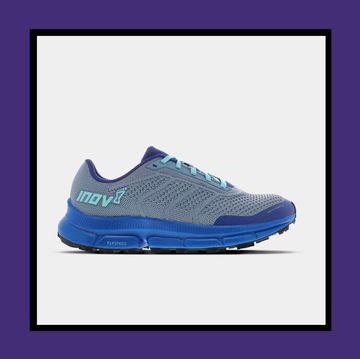
6 best Inov-8 trail shoes

Best trail running shoes for 2023
